People often use rattan and wicker interchangeably in home decor. However, have you ever wondered if there is a difference between wicker vs. rattan?
Growing up in Southeast Asia, my mom introduced me to rattan at an early age. In fact, the first bag I used in kindergarten was a rattan basket! Besides that, we have two rattan armchairs, which are still in the house to this day.
I love rattan so much that I’ve incorporated it into my own home decor. My rattan pendant lights are one of my favorite features of our home.
Although rattan is popular in this part of the world, wicker is not. When rattan started to make a major comeback globally in recent years, I started to notice that my Instagram and Pinterest feeds were filled with both rattan AND wicker pieces.
That’s when I started to get confused about wicker vs. rattan. Plus, it doesn’t help that there are so many mislabeled items on the market!
In this post, I will share with you everything I’ve discovered about wicker vs. rattan. Read on to find out more about:
- What is rattan?
- What is wicker?
- Examples of rattan pieces
- Examples of wicker pieces
- Pros and cons of rattan
- Pros and cons of wicker
- How to care for wicker and rattan
- Wicker vs rattan product recommendations
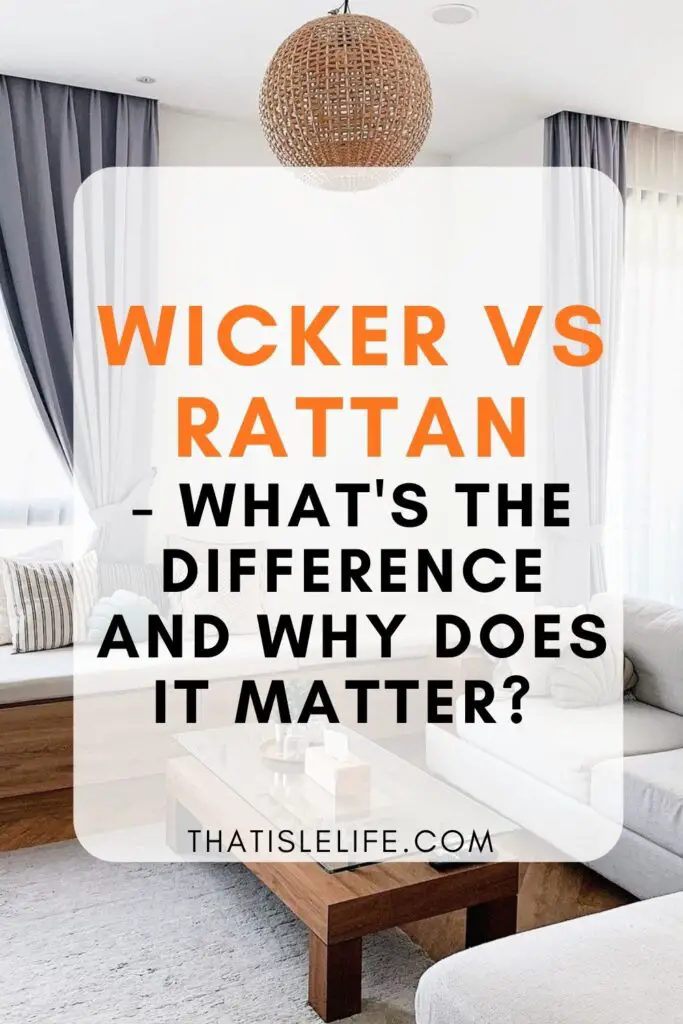
Related:
- Blinds vs Curtains: Which Window Treatment Is Better For Your Home?
- Terrazzo vs marble – Which is the better option for your home?
What is rattan?
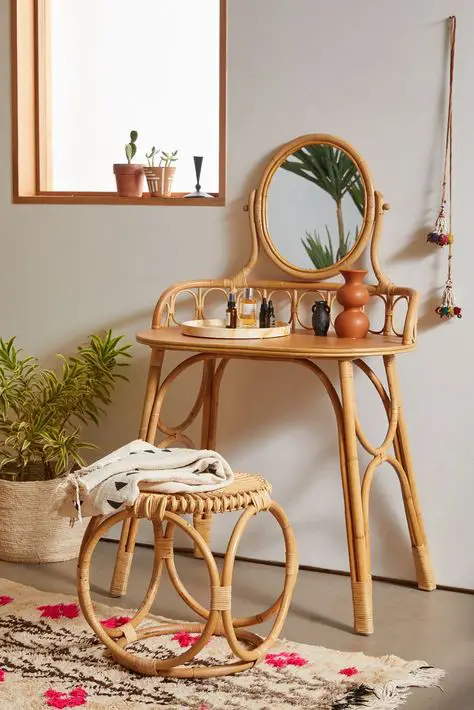
Rattan is a material. According to WWF, rattan belongs to the palm family and is native to the tropical regions of Asia, Australia, and Africa.
There are about 600 types of rattan. Their fibers may vary in length and width, but they typically look like thick and sturdy vines. The vines are eventually harvested and processed to be made into furniture and handicraft.
What is wicker?
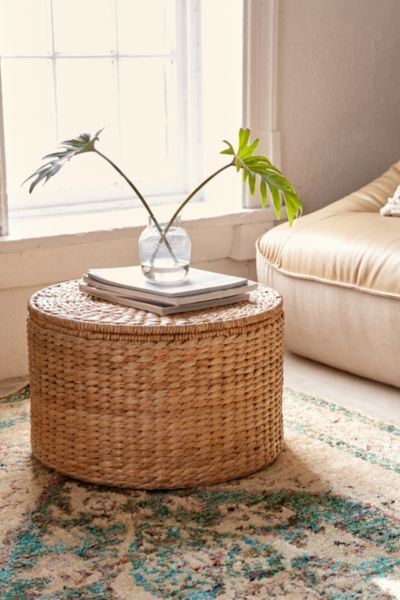
Wicker is a weaving technique. It is a process that weaves plant-based materials together. Unlike rattan, it is not a material.
Wicker comes from weaving thick vertical pieces to create the structure of an item. Then, they are woven tightly together for support and decoration. Once the piece is completed, it can be painted, stained, or sealed.
People are often confused because some wicker pieces can be made from rattan. However, wicker pieces can also be made from different materials like bamboo, reeds, and synthetic fibers.
Knowing this major difference is important, especially when you are searching for rattan products to purchase. Not every product advertised as wicker is rattan!
Examples of rattan pieces
Here are some common rattan pieces:
- Outdoor furniture
- Barstools
- Lighting
- Dining chairs
- Coffee tables
- Planters
- Headboard
Examples of wicker pieces
On the other hand, here are some common wicker pieces:
- Baskets
- Placemats
- Coasters
- Vases
- Trays
- Outdoor furniture
Pros of rattan
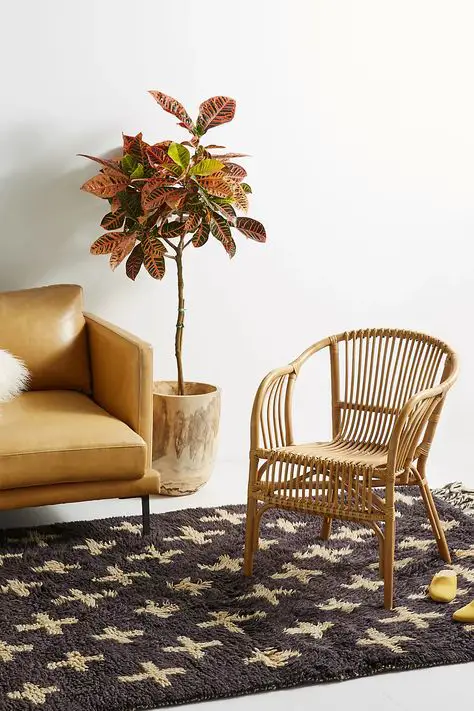
If you’re considering purchasing rattan furniture, consider these pros and cons below:
Durable
Rattan is a very hardy material by nature and therefore is extremely durable. It has a strong core, making it hard to break. They usually last longer than wood and leather. As a result, they are often passed down from generation to generation.
Eco friendly
According to WWF, rattan is a naturally renewable palm, which makes it an eco-friendly material. It is also recyclable since it is completely biodegradable. However, rattan needs to be harvested and processed sustainably for it to be considered 100% eco-friendly.
Versatile
Rattan is a versatile material that is used to make a variety of products. It is classic yet contemporary, which makes it a great addition to any space. Additionally, its neutral colors like browns and blacks make it easy to complement existing decor.
Lightweight
Rattan is extremely lightweight, which makes it the perfect material for outdoor furniture. Although it is much lighter than wood, it is one of the most durable materials around.
Suitable for indoors and outdoors
Rattan furniture is suitable for indoors and outdoors. The woven texture lends a cozy and casual vibe, perfect for both areas of your home.
Cons of rattan
Not suitable for outdoors for long periods of time
While you can use rattan furniture outdoors, they don’t last long under the sun. Leaving them outdoors for a long time will cause their natural color to fade. Hot conditions can also cause them to dry out and crack.
On the other hand, rattan cannot withstand wet weather as well. They will soak up moisture when left under the rain. This will eventually lead to mildew and rotting.
Can cause slight discomfort
Rattan furniture can cause slight discomfort because they are harder than furniture made with fabric or leather. However, you can always purchase your own cushions to add an extra level of comfort.
Loosens over time
The weaving of rattan furniture can loosen over time. This is unavoidable. When this happens, you will need to send your rattan pieces for repairs.
Pros of wicker
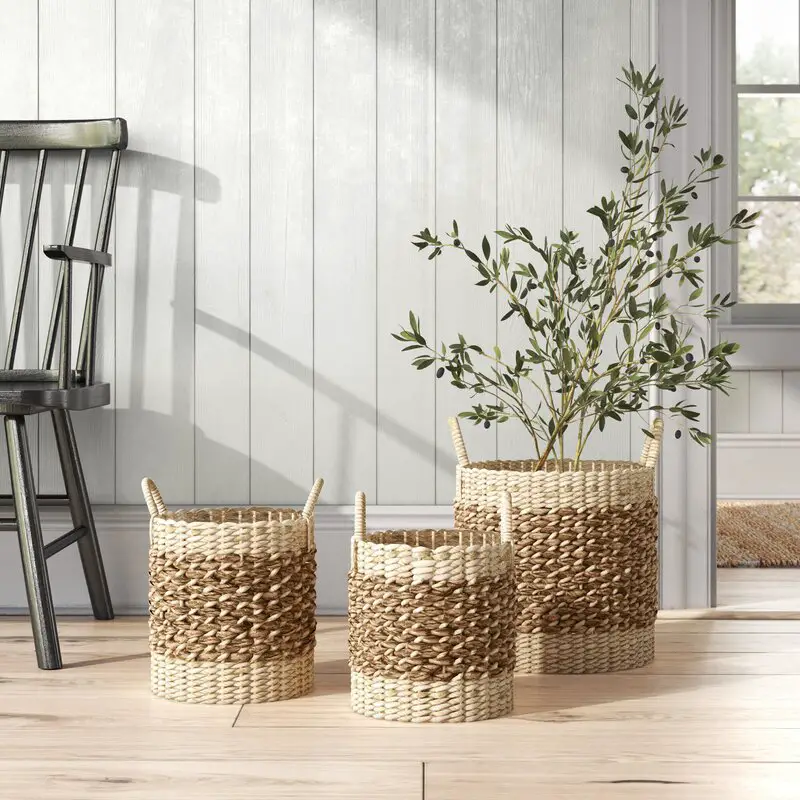
If you’re considering purchasing wicker furniture, consider these pros and cons below:
Durable
To recap, wicker is a weaving technique that binds plant-based materials together like rattan and bamboo.
Although plant-based materials are usually very tough, synthetic wicker or high-density polyethylene (HDPE) is a much more durable material. It is a manmade material that will not break, chip, or scratch. It is also stain and weather-resistant.
Suitable for outdoors
Due to the nature of synthetic wicker, it is the best material for outdoor furniture. Synthetic wicker furniture is weatherproof. They will not fade in the sun. Furthermore, it can withstand rain and never grow moldy.
Versatile
Both natural wicker and synthetic rattan have the same woven texture as rattan. They are traditional yet modern and can go with any interior design theme.
Cons of wicker
Can cause slight discomfort
Both natural and synthetic wicker are made from sturdy and hard materials. As a result, both types of wicker can be slightly uncomfortable. However, you can easily solve this issue by placing cushions on top of them!
Expensive
Both rattan and wicker can be expensive. Sometimes, wicker is more expensive than rattan because of the additional weaving process. Furthermore, wicker usually requires more material, which adds to the overall cost.
How to care for wicker and rattan
It is important to care for your wicker and rattan pieces so that they last long. Here are a few ways to look after them:
Keep rattan indoors if possible
Remember, rattan is not weatherproof. It will fade under the sun, and it will grow mold when wet. Keep your rattan furniture indoors so it lasts longer.
Clean it regularly
You need to clean both rattan and wicker pieces regularly. Thankfully, both are easy to clean! All you have to do is to wipe them regularly with a damp cloth.
For rattan pieces, follow up with a dry cloth to prevent water damage. Although synthetic wicker can withstand water, avoid using your pressure jet to clean it.
Finally, use a nylon brush to dust and clean grooves and crevices.
Invest in synthetic wicker for outdoor furniture
If you want to purchase outdoor furniture, consider investing in synthetic wicker. You can leave your furniture outdoors at all times and never have to worry about the weather! It is hands down the best option for outdoor furniture.
Wicker recommendations
Not sure if you prefer wicker or rattan yet? Since both materials are pricey, purchase small decor items first before you invest in big furniture.
*Disclosure: This post may contain affiliate links that are at no additional cost to you, and I may earn a small commission if you purchase any products via my links. I only recommend products that I would use myself, and all opinions expressed here are my own. Read the full privacy policy here.
Here’s a round-up of my favorite wicker pieces under $50:
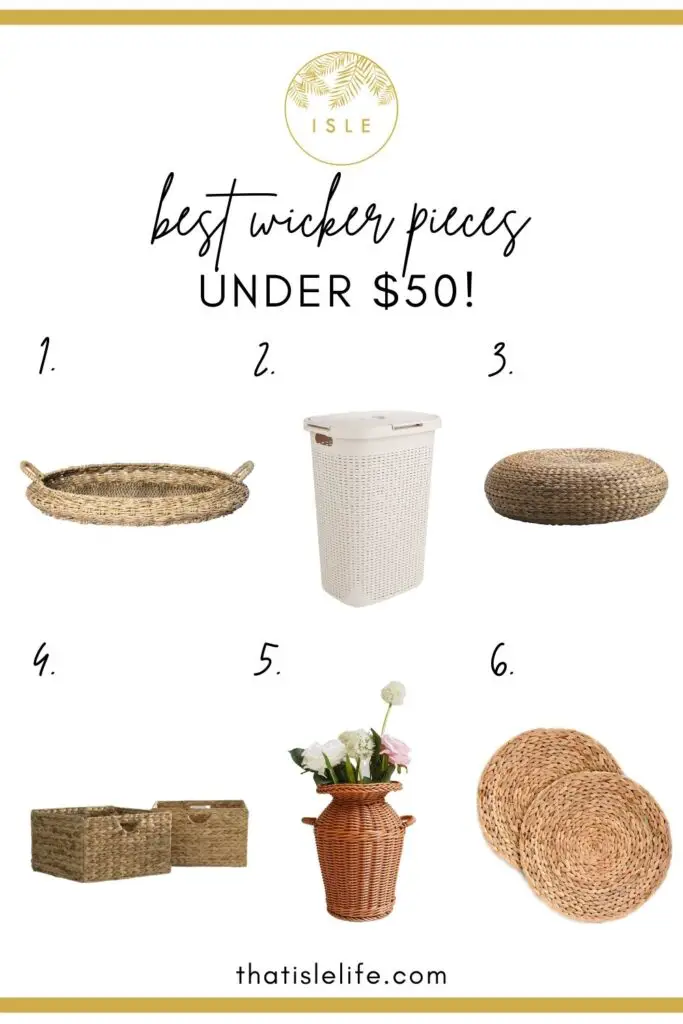
- Outdoor wicker tray, $40
- Wicker laundry hamper, $28.69
- Stool, $29.99
- Hyacinth wicker basket (set of 2), $29.99
- Flower vase, $24.95
- Hyacinth wicker placemats (set of 4), $19.99
Rattan recommendations
Here are some of my favorite rattan pieces under $50:
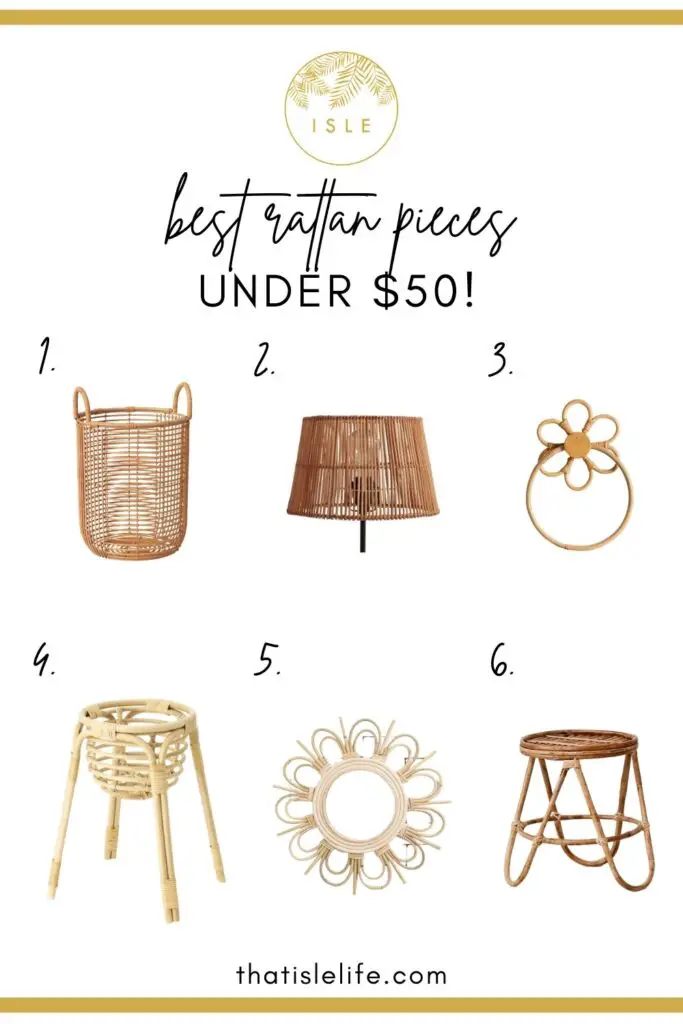
- Basket, $35
- Lampshade, $16.99
- Towel ring, $19
- Plant stand, $19.99
- Flower mirror, $46.99
- Stool, $49
I hope this post has cleared up any confusion you may have about wicker vs. rattan! Both wicker and rattan furniture are beautiful and functional for any space. Whichever you choose, always treat it with care and respect so it will last for ages.

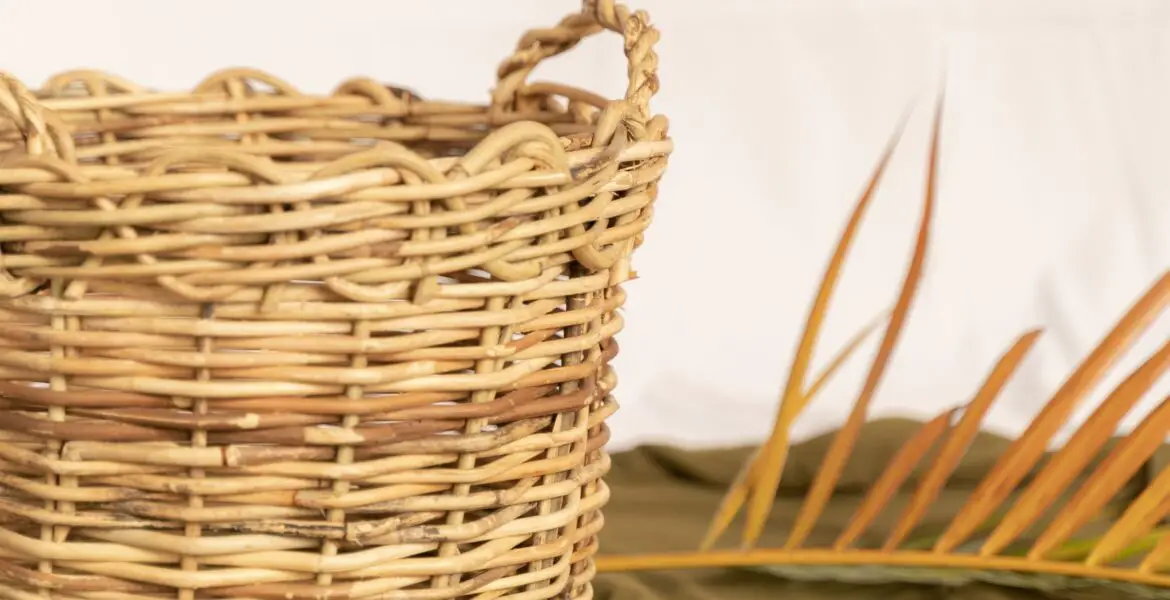
Very insightful! Thank you x
Thank you for reading, my love! x